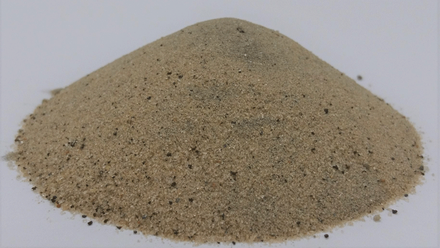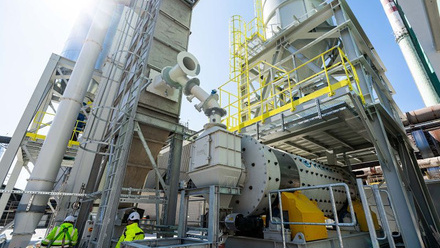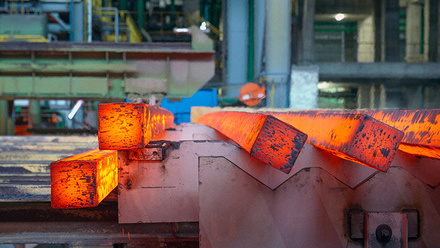Reduce mineral waste to make sand, new study shows
Research suggests a change to mineral processing could reduce waste while creating sand.

A new study by researchers from the University of Geneva, Switzerland and The University of Queensland’s Sustainable Minerals Institute, Australia, has found that a step-change in mineral processing could drastically reduce mineral waste – the world’s largest waste stream – while creating a sustainable source of sand.
Coined 'ore-sand', this material has the potential to address two global sustainability challenges simultaneously, according to the report Ore-sand: A potential new solution to the mine tailings and global sand sustainability crises.
The 12-month study independently sampled and investigated sand produced from iron ore mining, pioneered by Vale S.A in Brazil, which has previously experienced tailings dam failures.
After an analysis of the chemical properties and some refining operations, the researchers were able to demonstrate that part of the material stream which would otherwise end up as mining residues could be used as a substitute for construction and industrial sand, in the same way as recycled concrete and steel slag.
In addition, the life cycle assessment of ore-sand, based on the Vale case, shows that substituting naturally sourced sand with ore-sand could potentially lead to net reductions in carbon emissions during sand production.
Adjunct Professor Pascal Peduzz said developing countries have fewer options for using recycled aggregate materials, given their more recent infrastructure but many have mining operations that can generate ore-sand as a by-product
'Considering the co-production of ore-sand is a significant advantage for mining companies: it reduces the large tailings which hinder operational mining activities, while at the same time can generate additional revenues.
'Some of the next steps are to collaborate with aggregate market players to demonstrate this substitute material’s ease-of-use, performance and sourcing process,' he explained.








